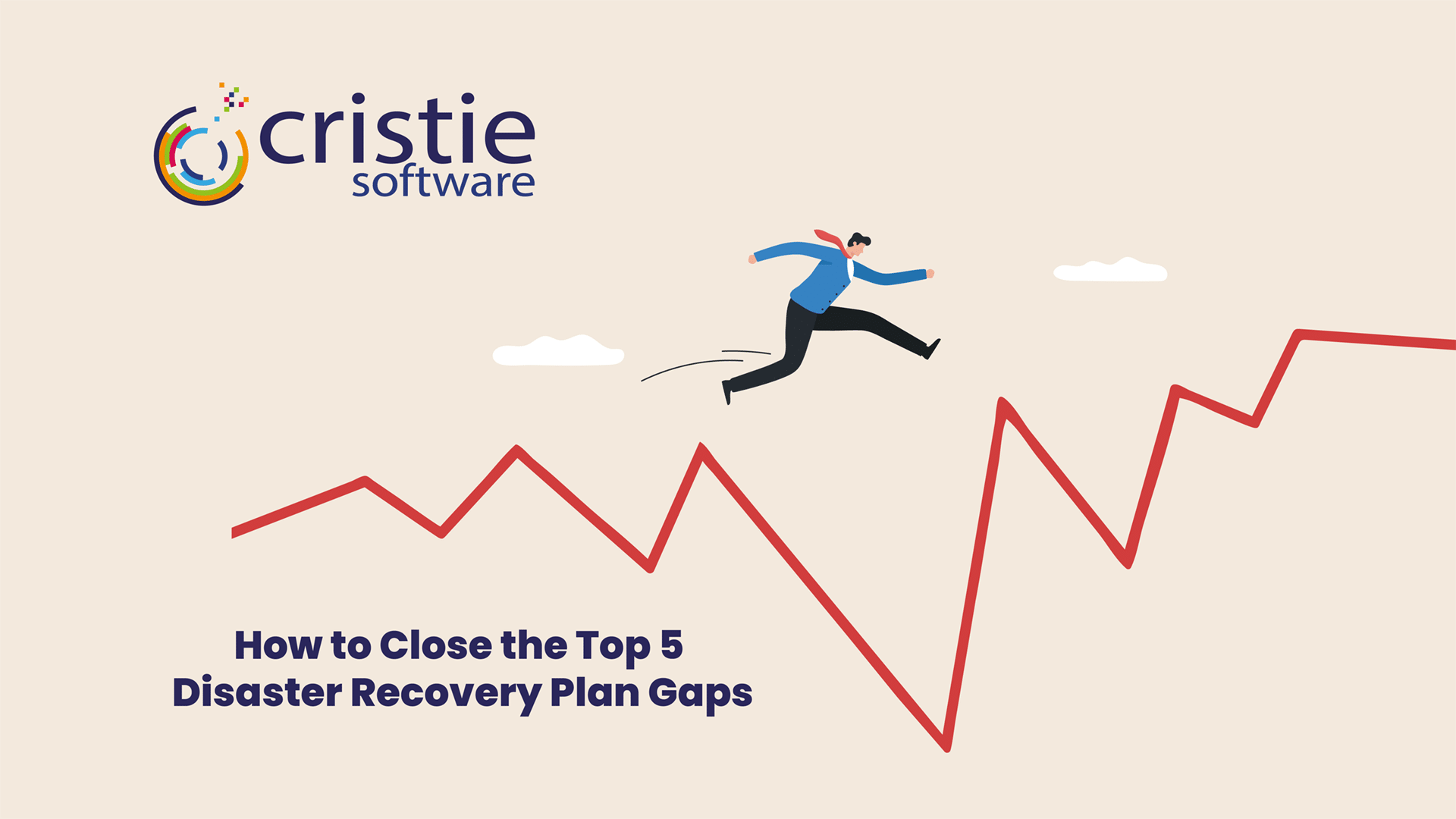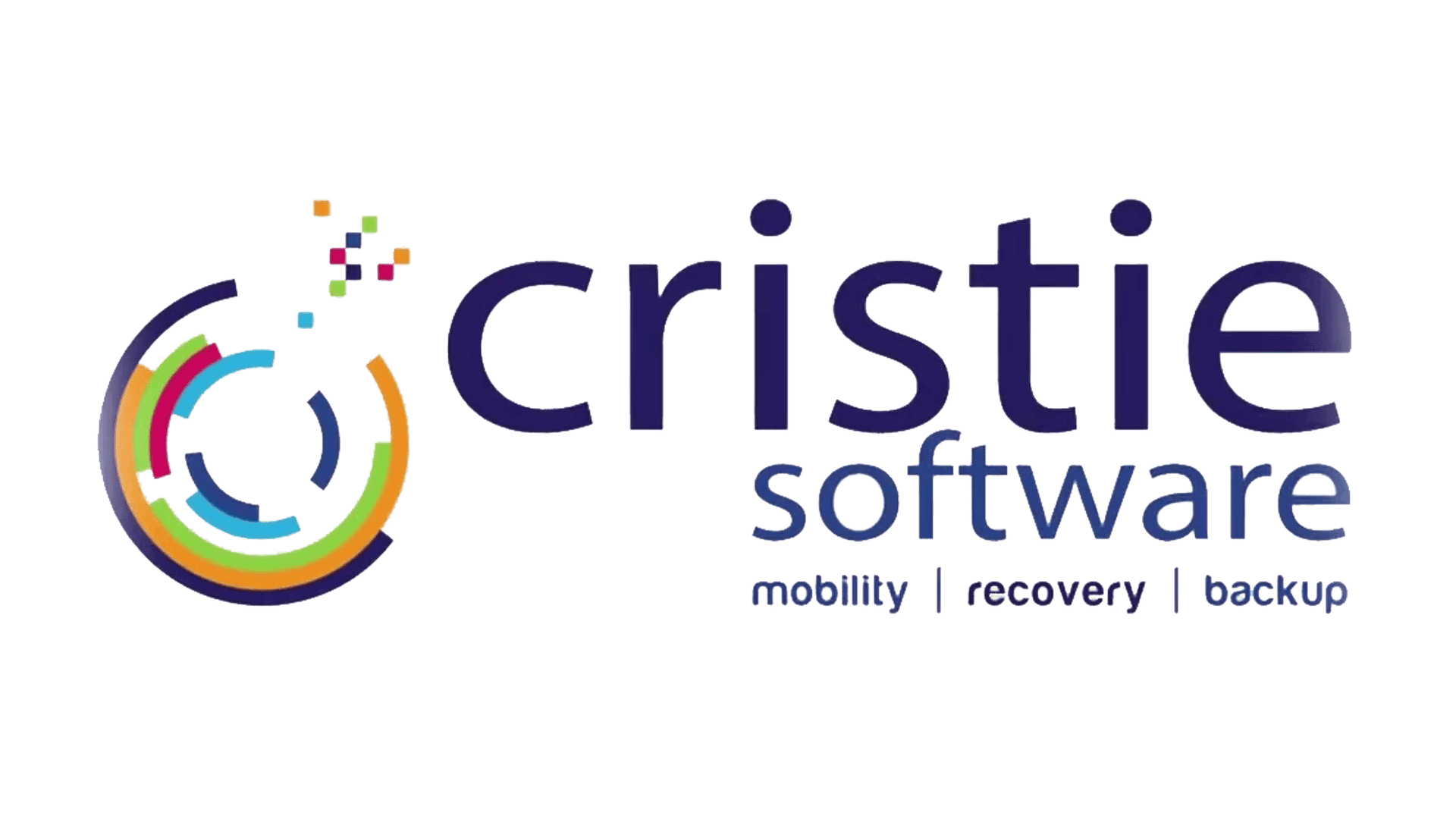
1. Insufficient backup procedures: Data is often an organization’s most valuable asset, yet many disaster recovery plans have insufficient data backup procedures in place. Organizations should regularly back up their data and ensure that it is stored in a secure location. Without adequate data backup procedures, an organization’s ability to recover from a disaster is severely compromised. However, data is of little value without the supporting infrastructure and systems that enable critical business applications to utilize that data. Many organizations take regular data backups but overlook the protection and recovery of the underlying systems that must be recovered before any data can be processed. It is system recovery that very often presents the biggest challenge and primary reason for downtime following any DR scenario. The recovery of physical systems is inherently more complex and likely to involve manual intervention than virtual systems. Cristie Software recovery and replication solutions can eliminate manual intervention from physical system recovery and facilitate automated recovery at scale regardless of platform type.
2. Lack of regular testing: One of the most common gaps in disaster recovery plans is the lack of regular testing. Many organizations create a plan and then never revisit it until a disaster strikes. Without regular testing, it is impossible to know if the plan will work in a real-life scenario. Regular testing helps identify weaknesses in the plan and allows for adjustments to be made before a disaster occurs. The Cristie Virtual Appliance (VA) provides the ability to schedule regular simulated recoveries of complete systems to check recovery image and recovery process integrity. Simulated recovery will also verify recovery time performance to ensure that the recovery infrastructure can support Recovery Time Objectives (RTO). In addition, simulated recoveries can be made within a Cleanroom Recovery environment using the Isolated Networks Recovery feature of the VA. This provides a secure and safe environment for system recovery testing which is vital if a cyberattack is suspected. Systems can be analysed in the cleanroom recovery environment without risk of any contaminating production systems and networks.
3. Failure to account for cyber-attacks: While many disaster recovery plans focus on natural disasters, cyber-attacks are becoming increasingly common and can have a major impact on an organization’s operations. A gap in many plans is the failure to adequately address the potential for cyber-attacks and how to respond to them. The main attack vector involves encryption of vital data files and can take place rapidly once a malware payload is executed. Early detection of malicious file encryption is vital to limit damage and the spread of malware to other machines on the network. Cristie Software system recovery provides Advanced Anomaly Detection through the VA which can analyse the file structure of running systems against their last backup and detect any file structure changes which are characteristic of malicious encryption. This feature can be scheduled to run at any time and is external to the main system recovery workflow. If Advanced Anomaly Detection indicates that a system or systems have been compromised, effected systems can be restored to a cleanroom environment for cyber forensic analysis.
4. Inadequate communication protocols: Communication is key during a disaster, yet many plans fail to outline clear communication protocols. This can lead to confusion and delays in getting the appropriate information to the necessary stakeholders. Organizations should establish clear channels of communication and ensure that all employees are aware of the protocols. Identifying and understanding the various audiences that need to be reached during a DR scenario is a key aspect of developing a crisis communication strategy. This includes communicating with employees, IT staff, customers, vendors, suppliers, investors, government officials, industry regulators, and media throughout the event and recovery phases. The communication plan should outline the specific needs of each audience and designate appropriate spokespersons within the organization to effectively communicate with them.
5. Lack of stakeholder engagement: A successful disaster recovery plan requires the engagement of all stakeholders, including employees, customers, suppliers, and regulatory agencies. Many plans fail to adequately engage all stakeholders, leading to confusion and delays in the response to a disaster. Organizations should involve all relevant parties in the planning process and ensure that everyone understands their role in the event of a crisis.
In conclusion, it is important for organizations to regularly review and update their disaster recovery plans to ensure that they are comprehensive and effective. The recovery of infrastructure and in particular physical systems is an area often overlooked and omitted from regular testing plans. By addressing these common gaps, organizations can better prepare themselves to respond to any unexpected event that may arise. Contact the Cristie Software team for more information on system recovery and replication to ensure that your organization has the best possible DR protection.
New Mill, Chestnut Lane
Stroud, GL5 3EW
United Kingdom


